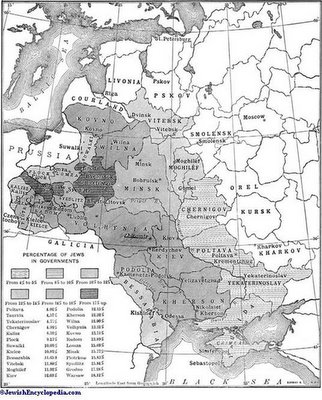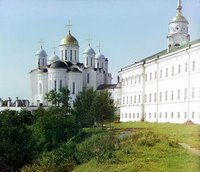The Moscow Metro: pics and articles
The Moscow Times noted the Metro's 70th birthday earlier this year.
The Metro is full of glorious artwork. Here is an excellent picture gallery of the Moscow metro stations with wide angle lens (also a stations map). Also a more pedestrian view (with photos).
The actual Moscow Metro website has many interesting photos as well, though I would use Worldlingo (see previous post) to translate the entire page. For those too lazy to cut and paste, here are some sites with pictures:
3D cutaway of Metro entrance
Art posters of the Metro
Russian stamps of the Metro throughout the decades
matchbox art
station photos (click on links)
metro cars (click on links)
early drawings of the Metro
building the Metro
Extra: Subway art/architecture throughout the world
Nationmaster lists some interesting stats:
Top 10 Busiest Metro Stations (annual passenger rides):
- Moscow 3.2 billion
- Tokyo 2.7 billion
- Seoul 1.6 billion
- Mexico City 1.3 billion
- New York City 1.3 billion
- Paris 1.2 billion
- Osaka 957 million
- London 886 million (4.6 billion miles)
- Hong Kong 798 million
- St. Petersburg 784 million
Top 5 Largest Metro Stations (number of stations):
- New York 468
- Paris 368
- London 270
- Tokyo 217
- Moscow 140
Extra Extra: a Dacha seen through wide angle lens


